I remember when I realized that Bitcoin had grown up. I can’t remember the date, but I do remember the moment when bitcoin started to trade like a normal security, like a stock or bond. I looked on with pride, much like watching a child taking their first steps—complete with the volatile ups and downs.
Daniel Kelly Kennedy, the director of communications at Mercurity Fintech Holdings, is a businessman, columnist and crypto enthusiast.
As a technical analyst my goal is to identify larger patterns, whether the subject is a security, a sector, an index, a country, a global trend or my armchair psychoanalysis of other people’s behavior. I do know a thing or two about micro technical analysis and I believe, as bitcoin trades in the most boring way imaginable (it’s been “range bound” for weeks), that we’ve entered one of the most important and interesting times for the price action of the largest cryptocurrency.
Bitcoin is currently trading in what is referred to as the “Bart Simpson pattern,” a reference to the famous cartoon character’s spiky hair when bitcoin trades in certain way. This pattern is most often seen when looking at shorter time frames (and apparently at times of low liquidity; the term reportedly came into vogue during the 2018 bear market).
These price fluctuations are rarer outside of crypto—they appear when there is a sudden price movement, then period of trading close to a particular price (showing up as Bart’s iconic zigzags on a price chart) and finish with a sharp price movement in the opposite direction. When Bart’s spiky hair is upright, i.e. when the schoolyard prankster is facing you, it is considered a bearish indicator and when inverted, like Bart doing a handstand, it is treated as a bullish indicator.
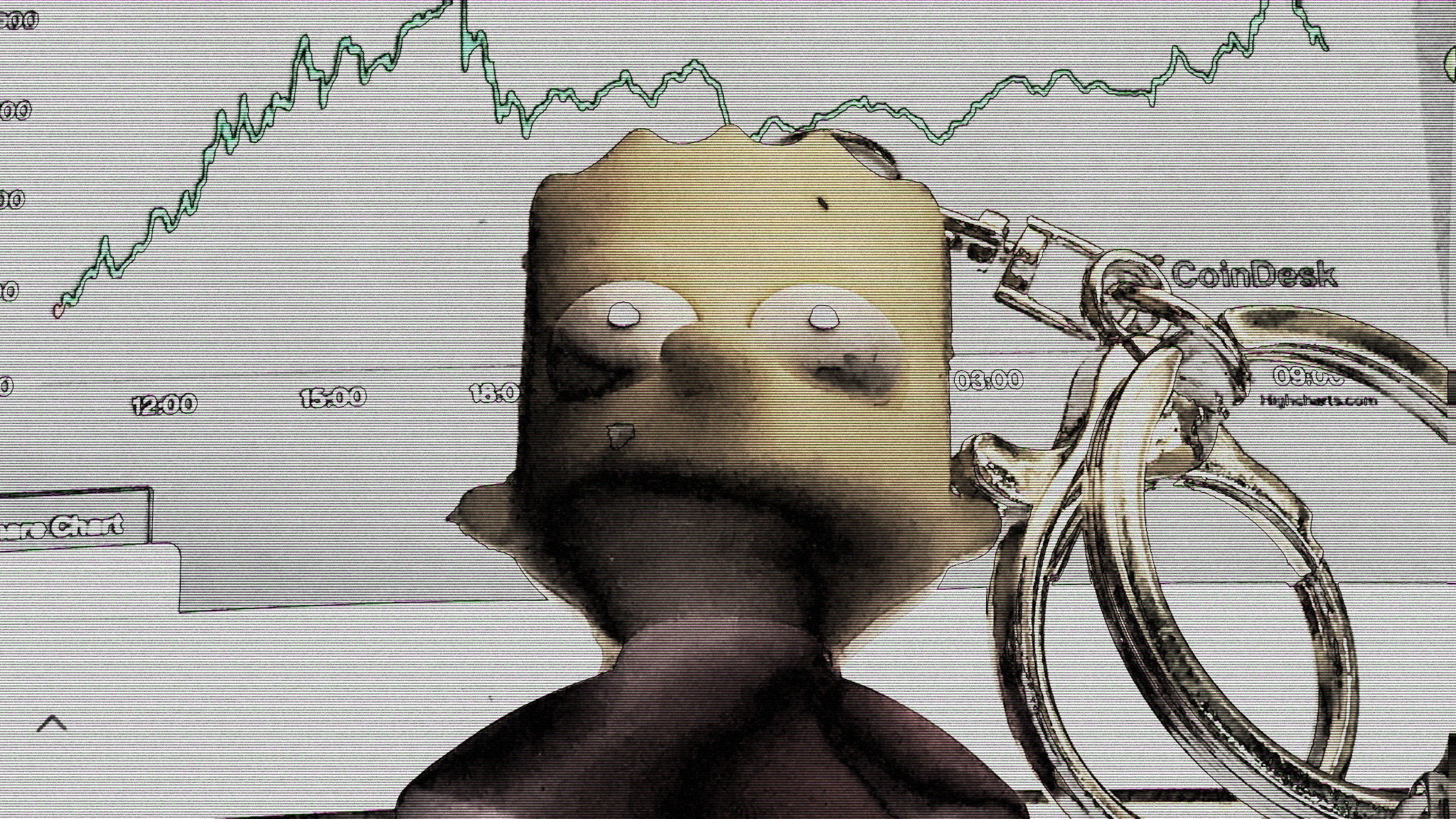 The “Bart” chart pattern is made after a sharp price movement, a longer period of “consolidation” and finally another equally sudden movement. (Daniel Kuhn/CoinDesk)
The “Bart” chart pattern is made after a sharp price movement, a longer period of “consolidation” and finally another equally sudden movement. (Daniel Kuhn/CoinDesk)
Most recently, with BTC is trading between $29,000 and $32,000, give or take a few hundred in either direction, Bart’s head is upright. The pattern began forming after a 20+% move on Wednesday June 14, 2023. At that time BTC was trading at $25,199.30 and on June 23, BTC hit the next level of resistance at $30,644.90. The price has since stalled and continued to consolidate in this tight range for more than a month.
Small pieces of news matter, but not as much as we think – put/call options expiring, the Federal Reserve’s decisions, Consumer Price Index and Gross Domestic Product figures, etc. While important in the short term, it’s a mistake to get too focused on these small data points and miss the larger picture: Bitcoin trades macro. On a long enough time line bitcoin seems to just keep climbing, which is why buy and hodl and dollar cost averaging remain the best strategies for trading BTC.
Small pieces of information only move with the already established trading momentum, like how every drop in the ocean constitutes a wave. The truth is that the drops don’t move, they are pulled—regardless of the will of the individual drops. To look too closely at the minutiae of the daily news is like looking at the finger pointing to the moon. Do not concentrate on the finger or you will miss all the heavenly glory!
Fundamentals vs. the Fed vs. FUD
It’s important to distinguish a real pattern from someone’s imagination. People claim to see these patterns all the time, like some kind of Rorschach test. When all you have is a “hammer candle,” everything looks like a nail. Patterns are simply an indication and are far from a guarantee.
Personally, I believe bitcoin’s recent price action is less related to small matters and more related to fundamentals. Something much larger is at play. BTC is due to retest the $31,500 in the coming days and if it breaks above, the sky may just be the limit. And if bitcoin were to close a few convincing candles above this level, it could signify the beginning of the next bull run.
Let’s take a closer look and start with some history for context.
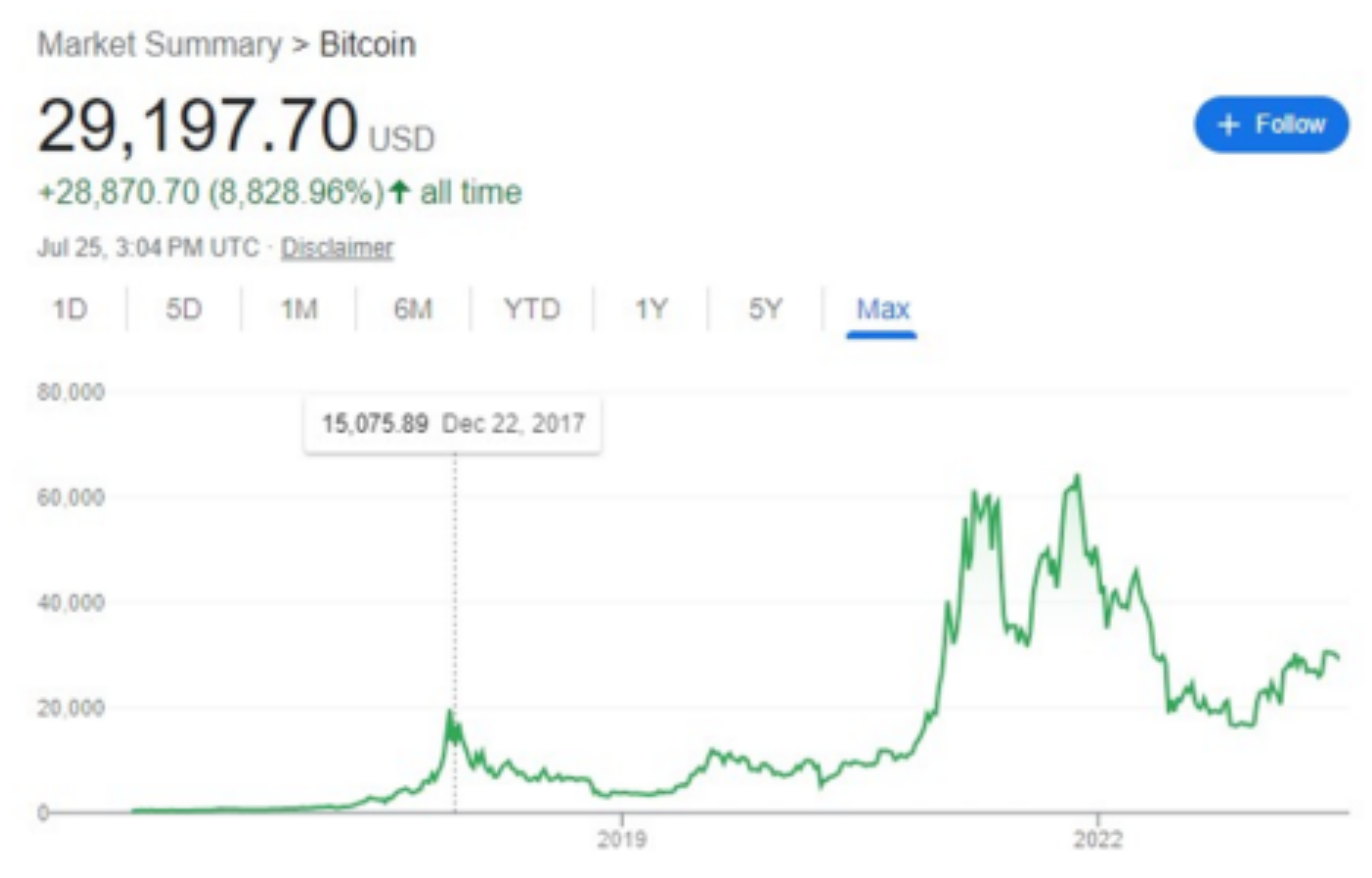 (Daniel Kelly Kennedy)
(Daniel Kelly Kennedy)
Dec. 22, 2017: $15,075.89. Bitcoin forms a “Marge” pattern (it’s a Christmas miracle!). One of bitcoin’s previous highs in recent memory. I chose not to use the actual high during this time since it only touched $19,000 in some pre-Christmas euphoria (we all get a bit heavy with the spending at this time), before selling off and then bouncing around $15,000. $15,000 was arguably the sustained level, what traders mean by a consistent treadline on the charts. It served as support during this short-lived bull run.
Why is this level significant? Let’s look at the next chart.
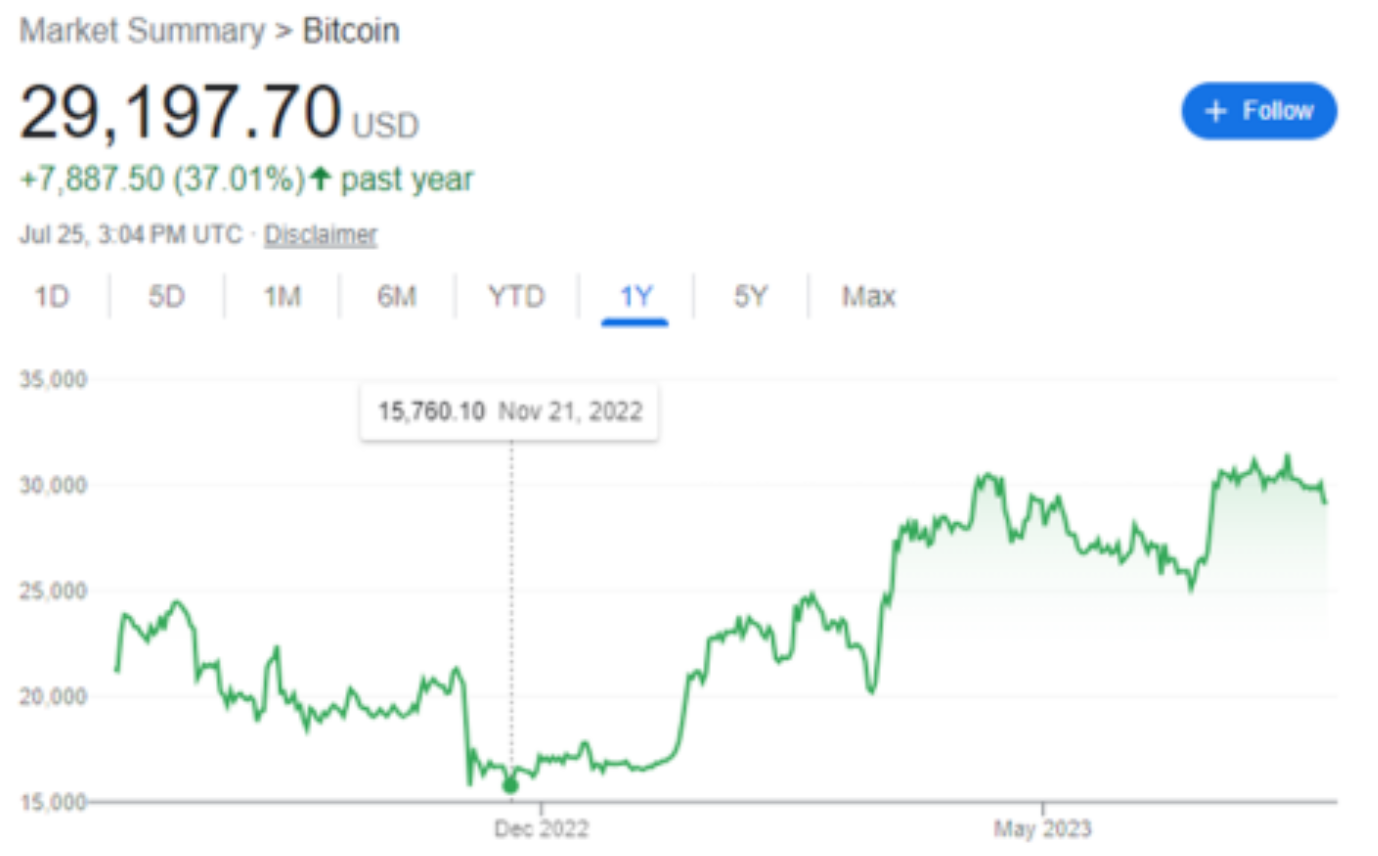 (Daniel Kelly Kennedy)
(Daniel Kelly Kennedy)
Nov. 21, 2022: $15,760.10. Bitcoin’s recent bottom. The chart corresponds almost perfectly with the shelf created from the previous highs of 2017.
The halves have not a clue
The bear market has been long and sustained and it appears the mighty beast is just beginning to wake from its slumber. (You can use your imagination as to who Mr. Burns is here, but what I will say is that the resemblance is striking.)
I started calling the bottom around $20,000 with many of you, but I realized recently, bitcoin trades much more fundamentally than that. The charts above demonstrate my argument that $15,000 is a key level, verified by the recent bottom. Given that, BTC has crawled, it has walked and it just might be ready to run again.
Just for fun, here’s another macro prediction: I believe the next bull run will be longer, more sustained and with more controlled, methodical moves as opposed to the spikey runs of bitcoin’s past. Overall, this has been true for bitcoin recently, and is a good thing, attributable to institutional investment. The price action has become less volatile and more predictable over time and is likely to slowly churn up toward new highs as the next halvening approaches.
Now, why is this resistance around $31-$32,000 so significant? Let’s take a closer look at three points on the five year timeframe highlighting key areas of support during the previous bull run.
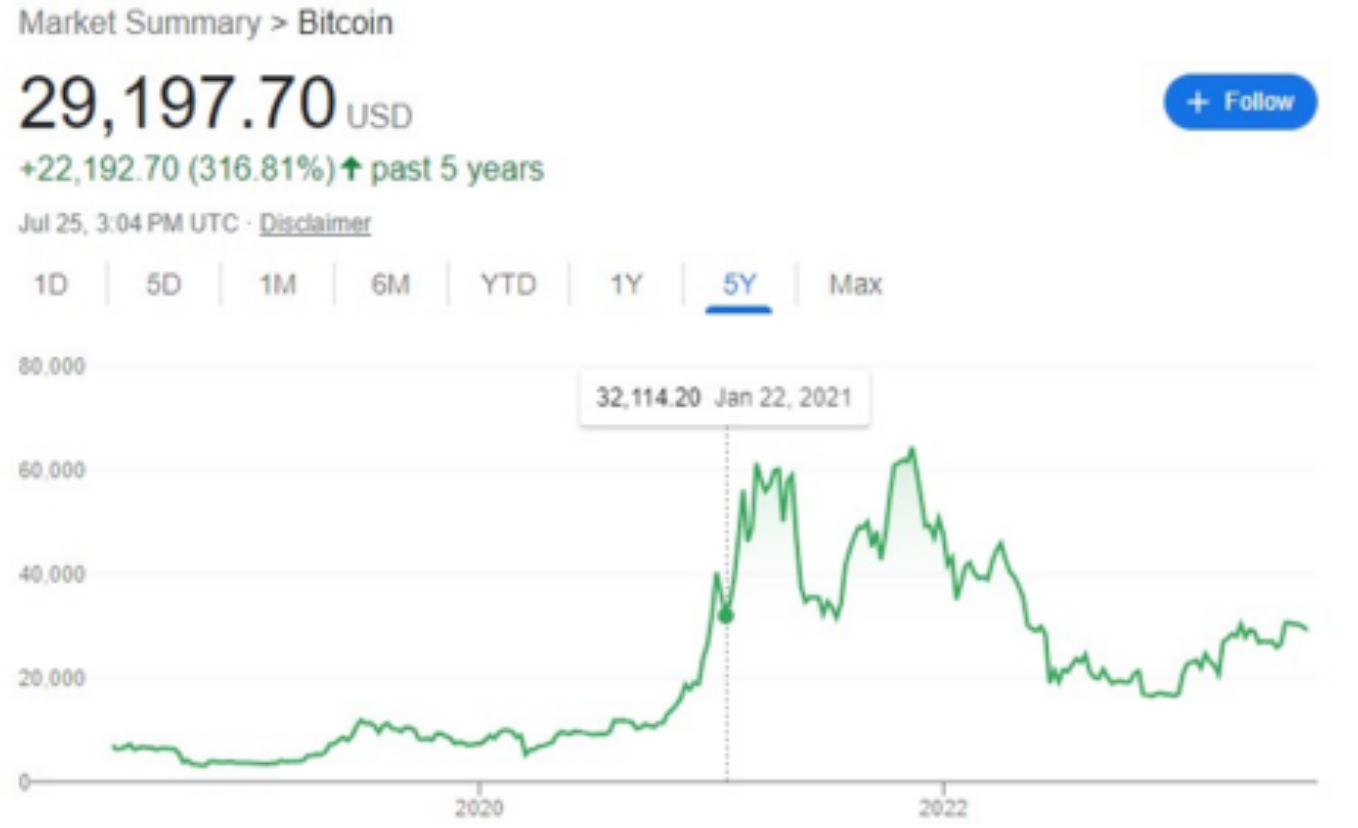 (Daniel Kelly Kennedy)
(Daniel Kelly Kennedy)
Jan. 22, 2021: $32,114.20. Bitcoin pushes higher to continue the bull run after this bounce off the support around $32,000.
 (Daniel Kelly Kennedy)
(Daniel Kelly Kennedy)
July 16, 2021: $31,576.20. Six months after the bull run began, bitcoin bounces a second time off support at $31,500 to continue the rally to new ATHs.
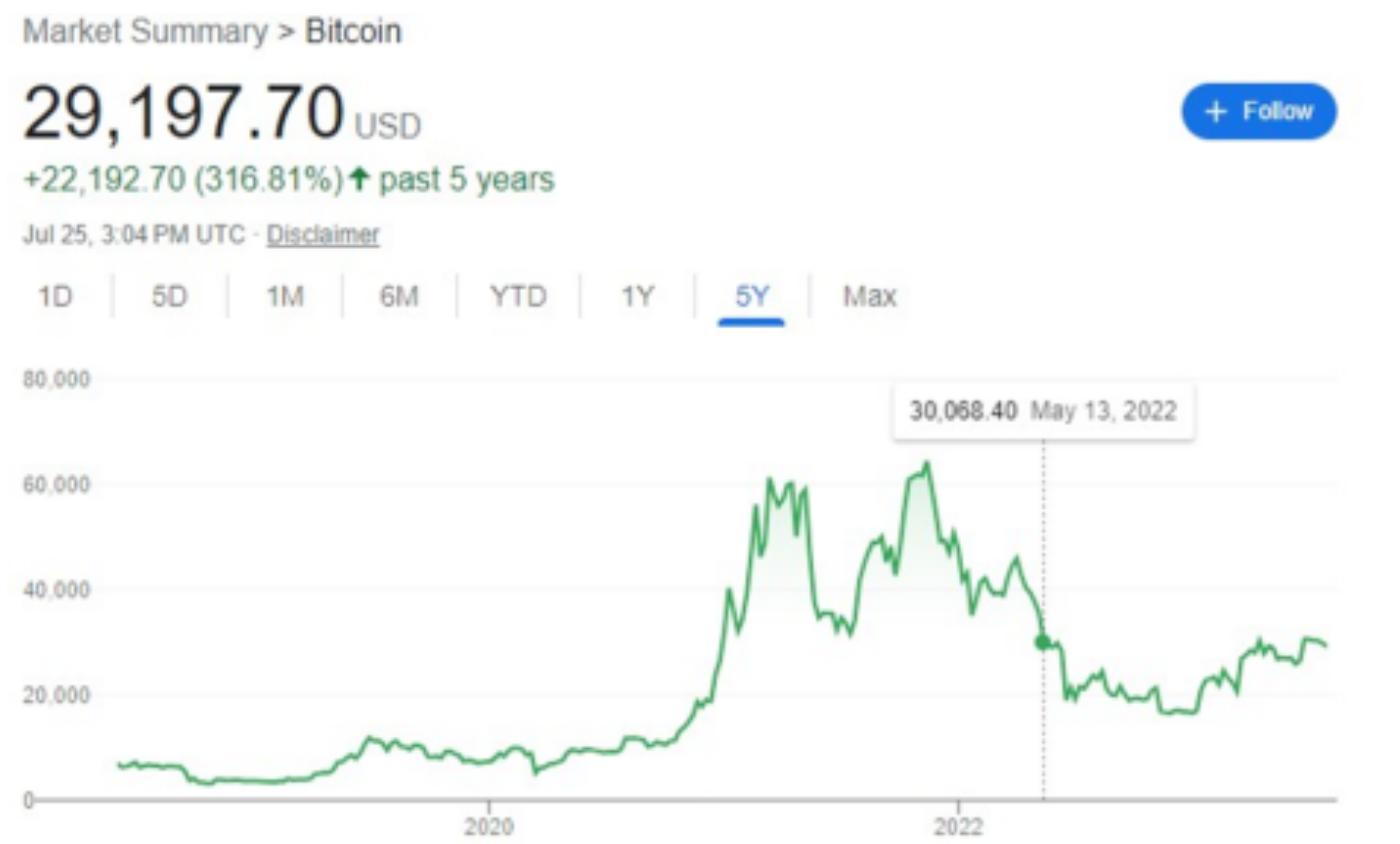 (Daniel Kelly Kennedy)
(Daniel Kelly Kennedy)
May 13, 2022: $30,068.40. This is the most interesting to me, because when you look at the chart, bitcoin’s price is trying to stabilize above $30,000.
 (Daniel Kelly Kennedy)
(Daniel Kelly Kennedy)
June 10, 2022: $28,356.80. As the Drake song goes: Watch the breakdown. In just under a month since the chart above, bitcoin broke below its support level and a sharp sell-off ensued, confirming the official end to the bull run.
So, $30,000, $31,500, and $32,000 all hold historical significance for BTC, — more specifically, the range between $29,000 and $32,000 is literally where the bulls and bears have traditionally collided. Give or take a few hundred dollars on either side, this is almost exactly the range bitcoin has been trading in for over a month.
Charting the present: The ‘Bart pattern’
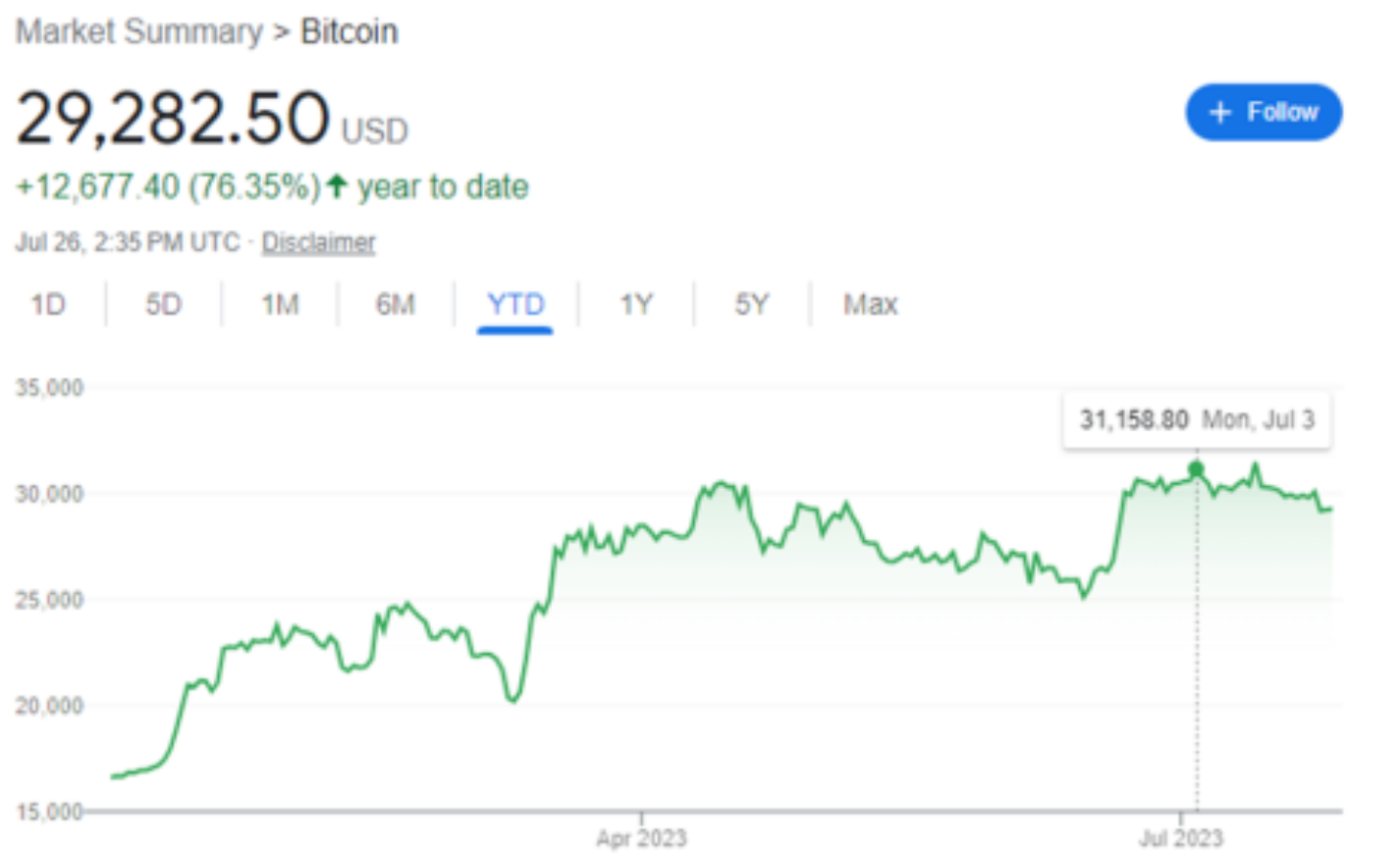 (Daniel Kelly Kennedy)
(Daniel Kelly Kennedy)
July 3, 2023: $31,158.80. This was the first test of the key $31,000-$32,000 range.
July 13, 2023: $31,471.80. There was a second attempt at $31,500 but the resistance wins once again and bitcoin drops back down around $29,000. Bitcoin is heading for a third test of this level, providing the thesis for my prediction that we are due for another attempt soon.
Finally, let’s just look at some of the key levels in relation to each other on the max chart (short for maximum time frame rather than a single week or month).
 (Daniel Kelly Kennedy)
(Daniel Kelly Kennedy)
Included are both the relational lines between the previous 2017 high and the recent bottom at around $15,000 levels (indicated in blue) as well as the current resistance around $30,000 in relation to the key support levels during the previous bull run (in red).
Scenario 1: If bitcoin breaks $31,500 and is able to close some candles convincingly above this level, it will act like Bart finally getting freed from detention.
In other words, it could Marge from here…climbing the tall walls of her blue beehive hairdo. It just might Marge.
Scenario 2: Mr. Burns wins. Bitcoin could get beat back at the resistance again, or maybe even lose steam on the way up. In this case, if the pattern is valid, it will likely sell off back down to $25,000, signifying a larger bearish reversal. Either way, Bart’s haircut will be complete.
With such a tight trading range for such a sustained period, it is binary from here—either up or down. It’s anyone’s guess.
The pessimist in me said a few months ago that bitcoin would likely retest its previous bottom of $15,000 before the next bull run. The realist in me says that BTC will simply complete the Bart pattern and retest $25,000. The optimist in me says that there are enough tailwinds with the recent news of the BlackRock ETF filing and Ripple’s high-profile court win (which may set a precedent for future litigation) to signal the bulls are back in town.
Even though the past 40 days or so have felt like when the power goes out and you keep pulling your phone out of your pocket only to realize its dead and you have to find something non-digital to entertain you, it still solidified for me why I love bitcoin so much. Even when it does nothing it remains interesting, if only you know where to look.
I’ve included one final crudely drawn chart for your enjoyment.
 (Daniel Kelly Kennedy)
(Daniel Kelly Kennedy)
>>> Read full article>>>
Copyright for syndicated content belongs to the linked Source : CoinDesk – https://www.coindesk.com/consensus-magazine/2023/08/09/what-is-cryptos-bart-chart-pattern-and-does-it-mean-bitcoins-price-is-heading-towards-a-rally/?utm_medium=referral&utm_source=rss&utm_campaign=headlines































